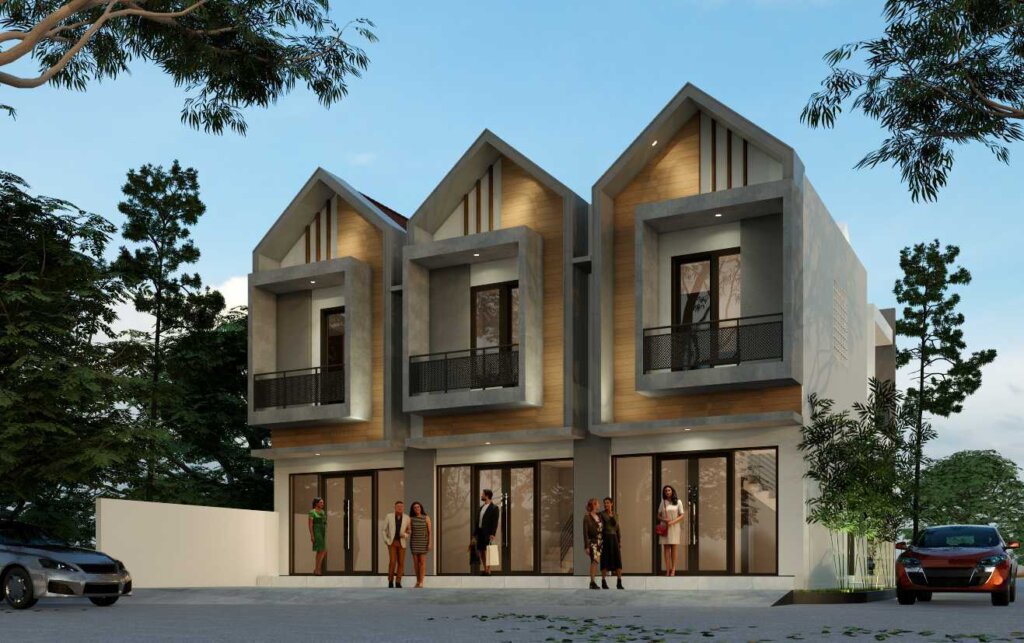The architectural landscape of Indonesia is a vibrant tapestry reflecting its cultural diversity and historical depth. Among these, the traditional shophouses, locally known as ‘Rumah Toko’ or ‘Ruko,’ stand out as a testament to the country’s rich mercantile history and multi-ethnic influences. These structures, often characterized by their narrow fronts and deep interiors, are not just buildings; they are a narrative of trade, community, and adaptation over centuries.
In the heart of urban Indonesia, from the bustling streets of Jakarta to the historic alleys of Yogyakarta, shophouses are a common sight. Originating during colonial times, these buildings were designed for both business and residential purposes. The ground floor serves as a shop, workshop, or café, bustling with commercial activity, while the upper floors provide a private residence for the owner’s family. This design reflects a practical response to urban space limitations and showcases the Indonesian knack for integrating work and home life.
Architecturally, shophouses in Indonesia are a blend of various styles, influenced by Chinese, European, and native designs. The Chinese influence is evident in the ornate facades and the Feng Shui principles often incorporated into the layout. Dutch colonial architecture contributes to the high ceilings and large windows, while the indigenous touch is seen in the use of local materials and tropical design elements that suit the hot and humid climate. Together, these influences create a unique aesthetic that is distinctly Indonesian.

Beyond architecture, ruko play a crucial role in the urban economy and social life. They are centers of entrepreneurship and family business, often passed down through generations. Each shophouse tells a story of dreams, struggles, and success, contributing to the dynamic economic landscape of Indonesia. They are not merely buildings but are a backdrop to everyday life, witnessing the ebb and flow of community interactions, festivals, and the daily grind.
However, as Indonesia modernizes, these historical shophouses face threats from rapid urbanization and new developments. Many old shophouses are being torn down to make way for modern buildings, leading to a loss of heritage and traditional urban landscape. Conservation efforts are underway in some cities to preserve these architectural gems, recognizing their cultural and historical value. Advocates for preservation argue that these shophouses are not just relics of the past but are a living heritage that continues to have relevance and utility today.
As Indonesia continues to evolve, the story of its shophouses is also unfolding. They are more than just a quaint reminder of the past; they are a living testament to Indonesian resilience, adaptability, and the enduring spirit of its people. Preserving these shophouses is not just about saving buildings; it’s about holding onto the stories, traditions, and the very essence of what makes Indonesia unique. The future of Indonesian shophouses hangs in a delicate balance between modernity and tradition, and their fate will significantly impact the cultural and architectural heritage of the nation.

